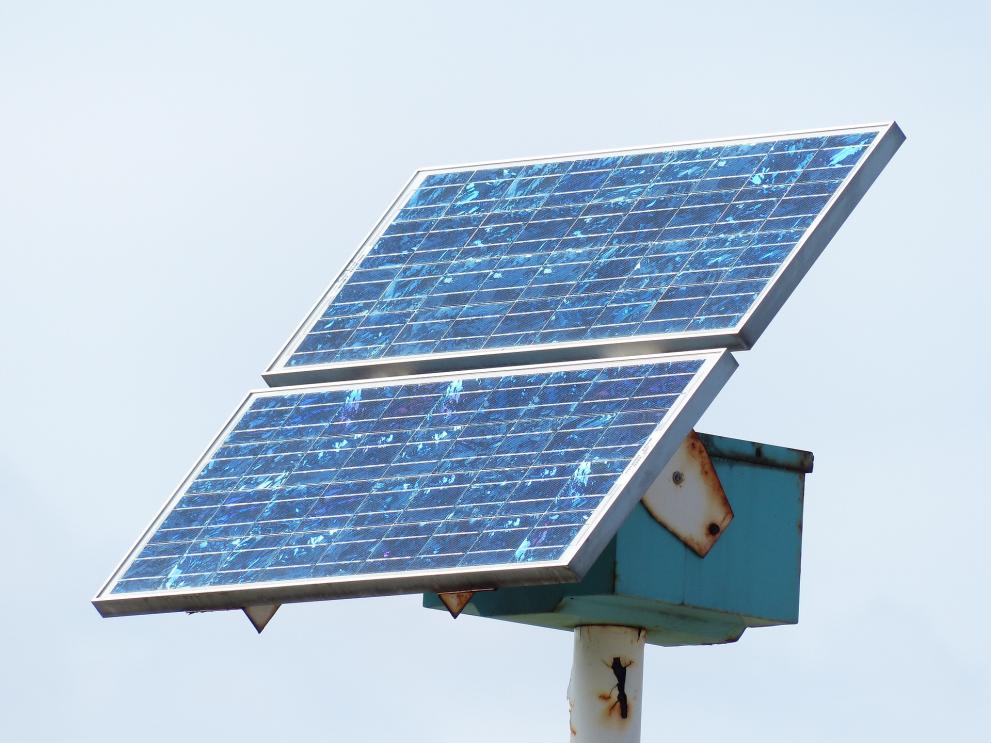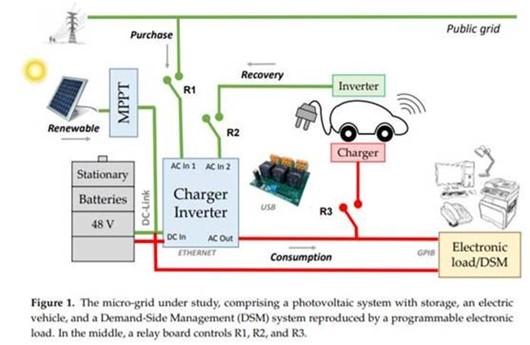
Local Energy Agency Spodnje Podravje (LEASP) has successfully completed the DEMO project, which concerned a new smart grid for the kindergarten in Destrnik, Slovenia. The smart grid was implemented as part of the CSSC Lab project within the framework of the Interreg-Danube Programme. The main benefit besides energy savings is strong demonstration impact and the great interest of the other municipalities now seeking to implement similar projects.
The battery and the monitoring system of the DEMO investment was partly financed by the Danube Transnational Programme, within the CSSC Lab project. Remaining costs for the PV plant and electric vehicle charging stations were covered by own funds.
The applied technology consisted of: PV plant – 24 kWp; BYD battery premium 20 kWh (2 units); Solaredge hybrid invertor 10 kW (2 units); Battery control system – Solaredge, Schneider EvParking 2×22 kW T2 RFID with protective equipment, EVlink LMS 5 for dynamic charging control, BMS controller Schneider ASB24 with web Scada; Schneider power-meter.
The main goal and innovative aspect of the project was to encourage other municipalities to invest in smart grid technologies and to become prosumers (producers and sellers of electricity).
The monitoring system controls the whole system and measures the electricity produced, consumed, charged and released into grid. From the start-up of the system, 4.8t of CO2 emissions were saved.
The average electrical consumption of the kindergarten is 65.8 MWh/a. The planned production from PV is 26.4 MWh/a. After starting up the system, a hidden consumer of electricity was found to be draining 8.76 MWh/a before becoming eliminated. The total savings were estimated at 35.16 kWh/a or €8,320 per year. The payback period (including total investment of €71,890) is 8.6 years.
LEASP participated in a Slovenian-Japanese partnership demonstration project between 2017 and 2018. Within this project, knowledge of smart grids was transferred into Slovenia – enabling LEASP to plan, design and implement the small grid in the public building. The project was presented at a workshop in the middle of October and resulted in interest for several new PV plants for the municipalities of Markovci, Zavrc, Ormoz and Destrnik as a first step toward smart grid.
The Slovenian government is planning 5 electricity tariffs, three of them to be critical. The presented smart grid system will be easily included into the national electrical grid, leading the kindergarten in Destrnik to become a prosumer.
Details
- Publication date
- 7 June 2023


